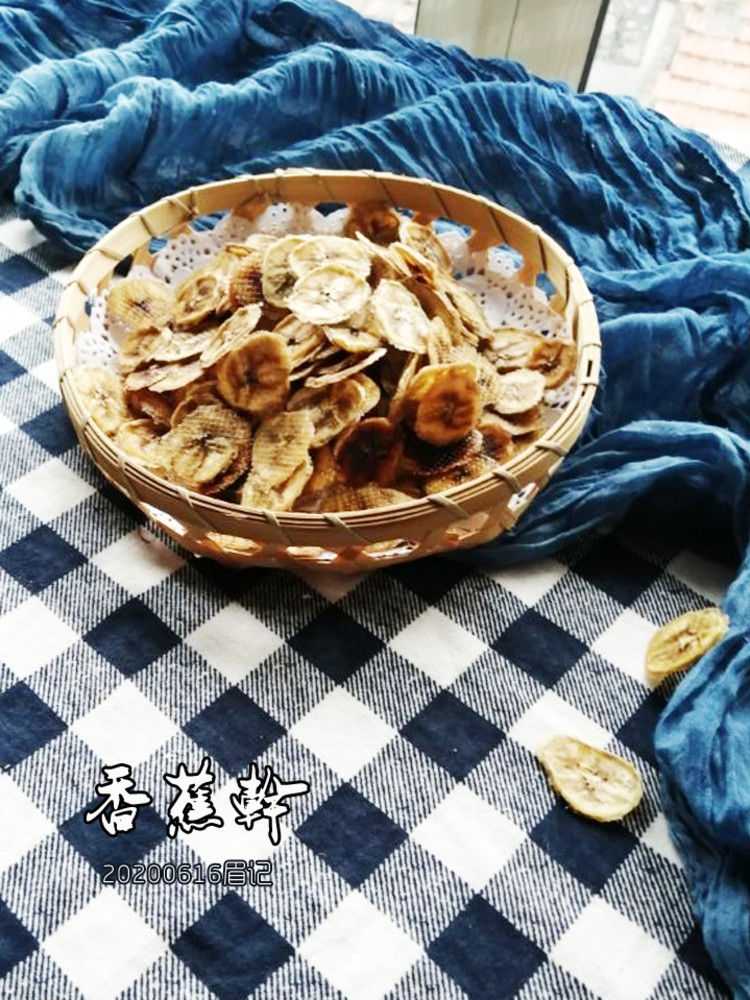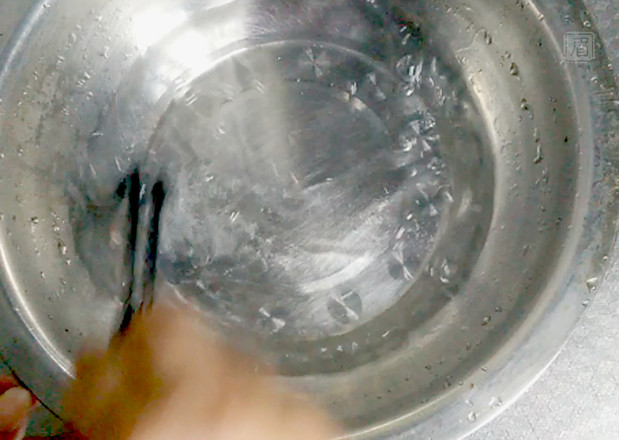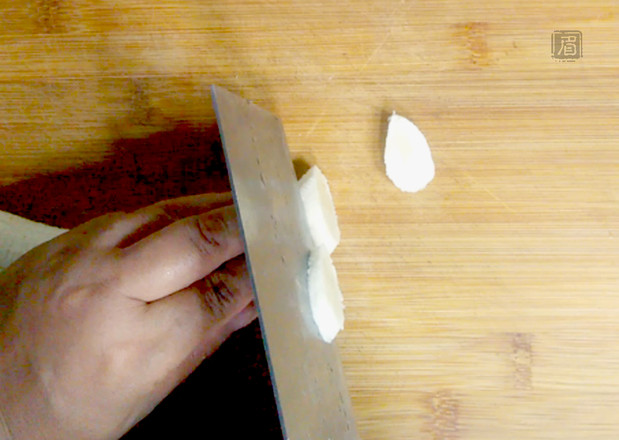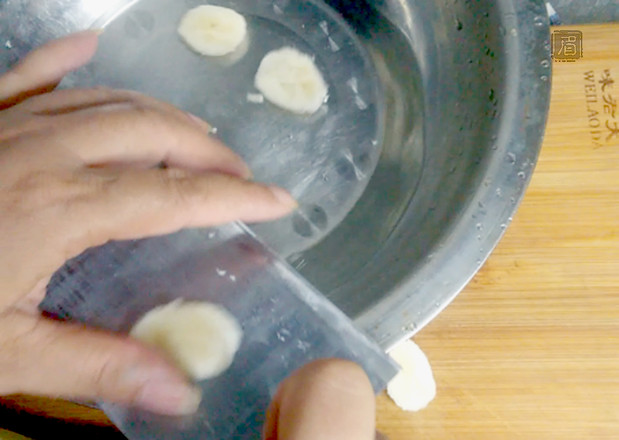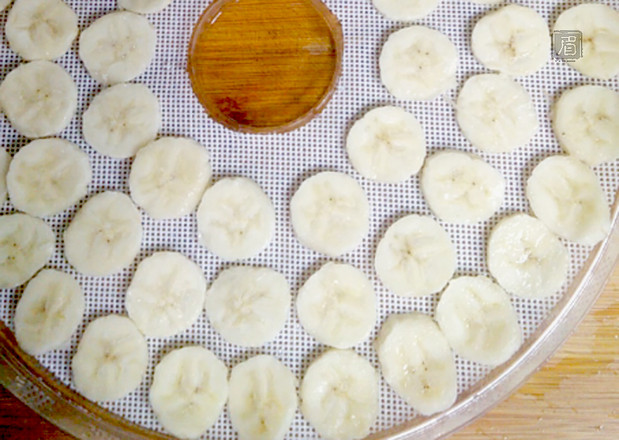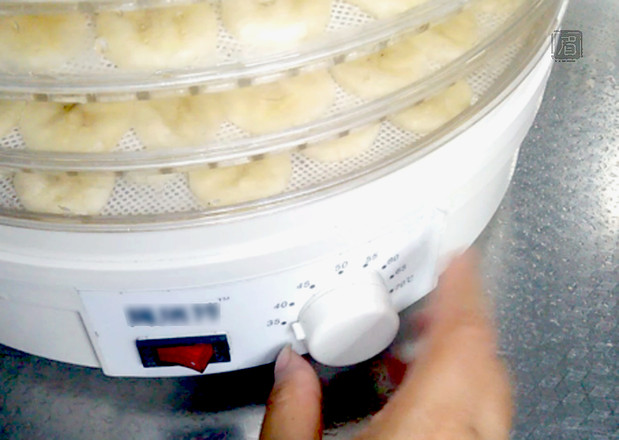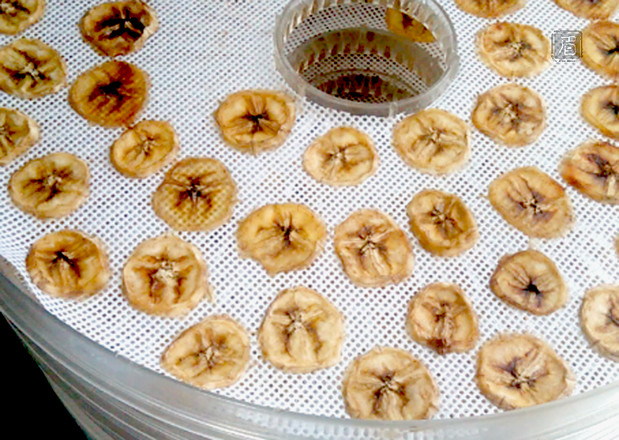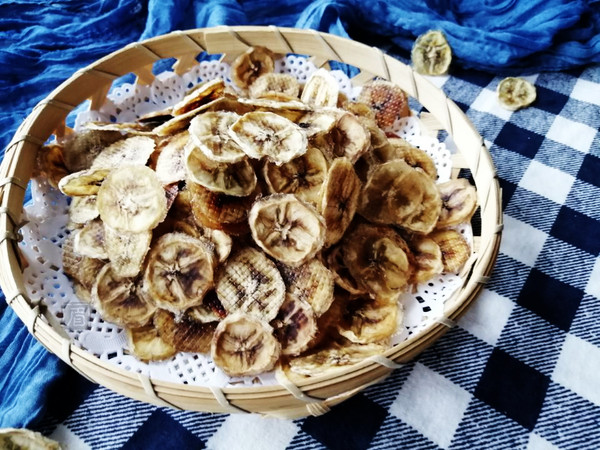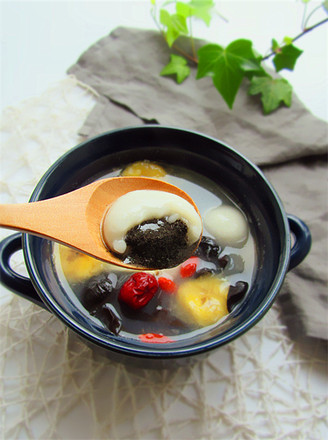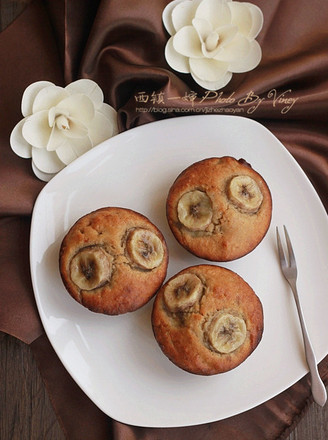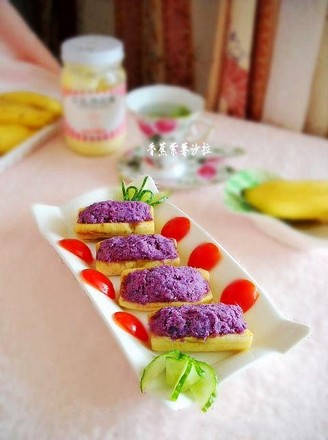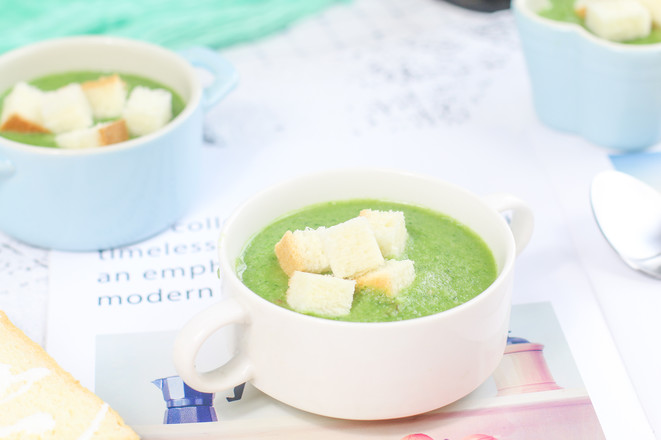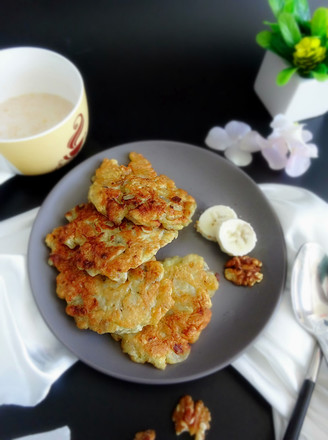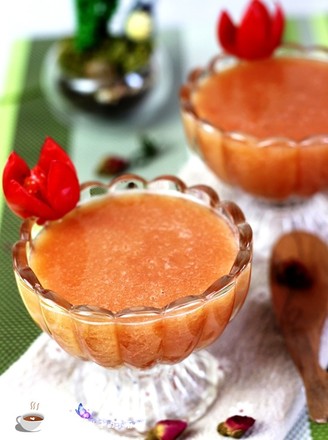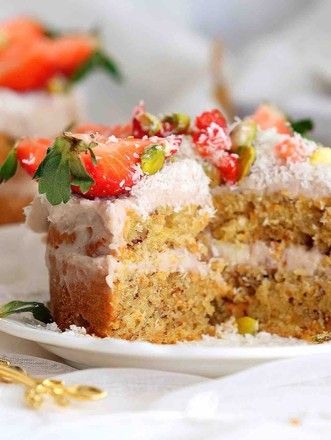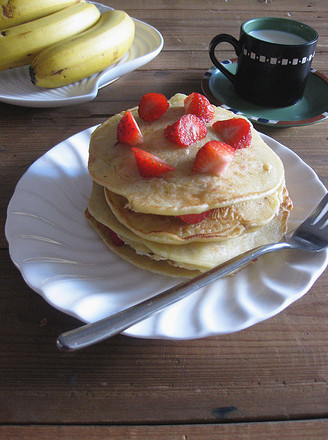Dried Banana
by Eyebrow
Favorite
Difficulty
Easy
Time
24h
Serving
2
Bananas are sweet and cold in nature. Its role is to produce body fluid to quench thirst, moisturize the lungs and smooth the intestines. Those with febrile fever, polydipsia, constipation, and hemorrhoids are suitable for regular consumption. Bananas are high in sugar and protein, rich in vitamins and minerals, and rich in potassium.
I am old and constipated. Bananas are always available. The taste of bananas is a bit greasy, and sometimes the bananas you buy are raw and unpalatable. So it is often made into a milkshake with milk. However, I always want to change the taste after eating too much, so I have the idea of making dried bananas.
Bananas used to make dried bananas should be slightly raw. Ripe bananas are not easy to dry, and they have no shape. My bananas are still a bit ripe this time, and the air in Huangmei is humid, and the air-drying machine does not dry for 18 hours. I remember that I used to make dried bananas and it was almost 8 hours.
I am old and constipated. Bananas are always available. The taste of bananas is a bit greasy, and sometimes the bananas you buy are raw and unpalatable. So it is often made into a milkshake with milk. However, I always want to change the taste after eating too much, so I have the idea of making dried bananas.
Bananas used to make dried bananas should be slightly raw. Ripe bananas are not easy to dry, and they have no shape. My bananas are still a bit ripe this time, and the air in Huangmei is humid, and the air-drying machine does not dry for 18 hours. I remember that I used to make dried bananas and it was almost 8 hours.

